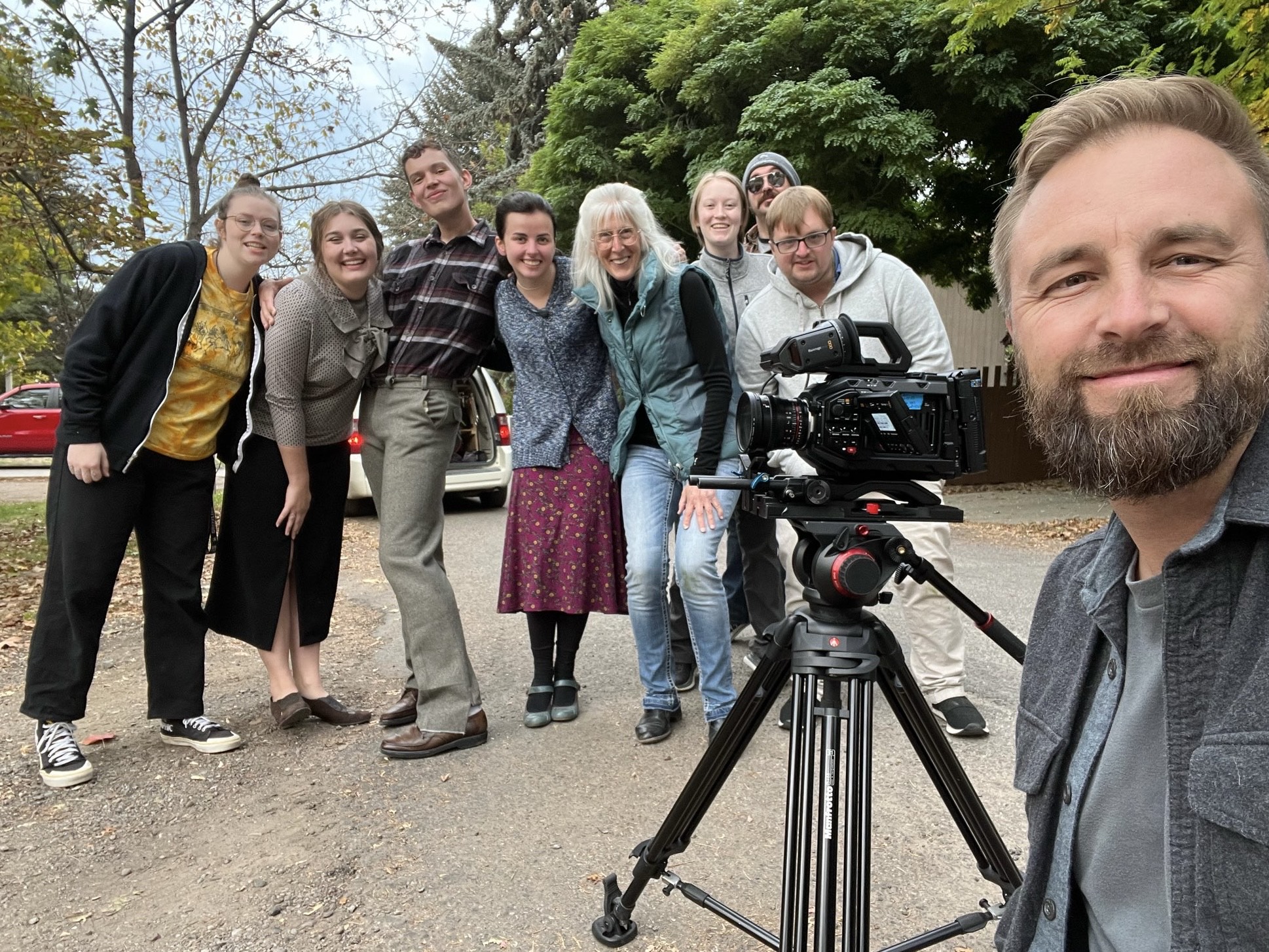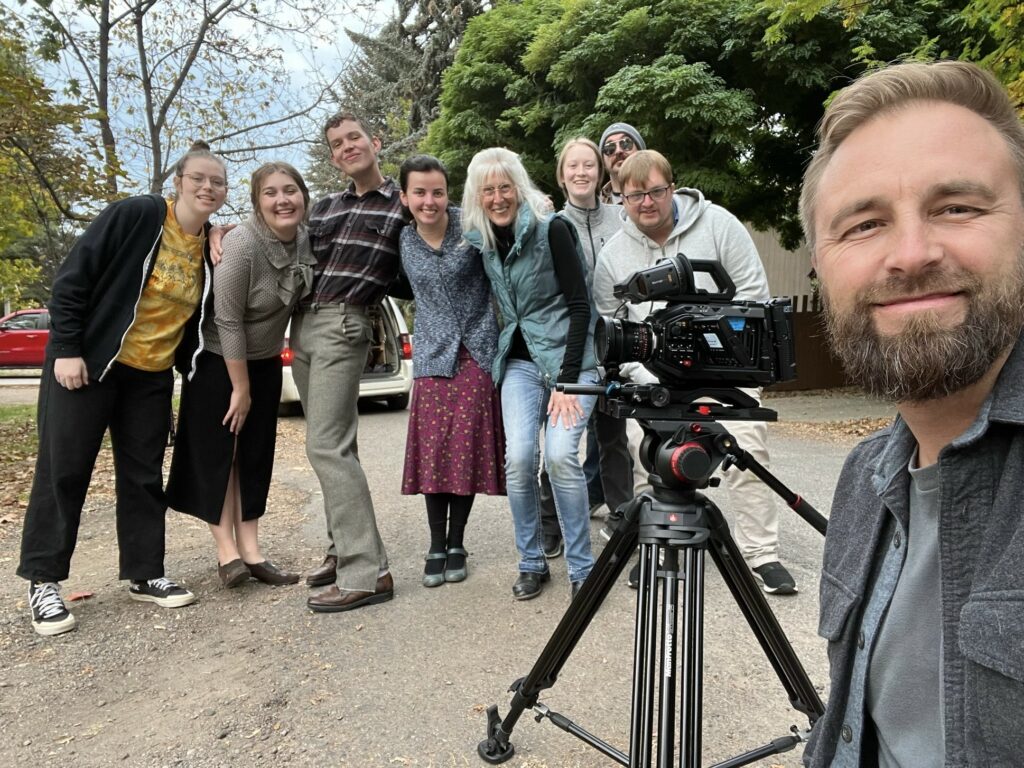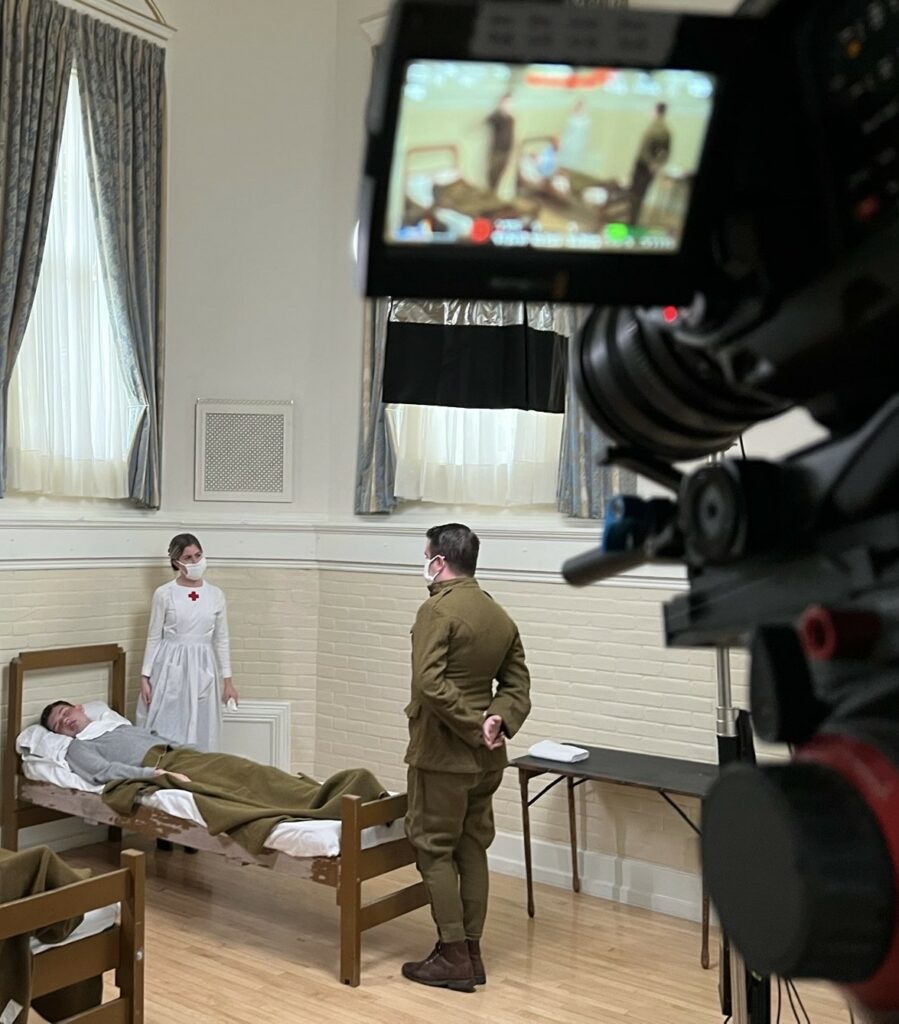Documentary: Blue Death: The 1918 Influenza in Montana

In the wake of a global pandemic, it is hard to imagine a similar time or place. But what if you could watch a pandemic unfold in 1918 Montana, through the lives of a Finnish immigrant, a Blackfeet couple, a white nurse, a Crow law school graduate, an African-American entrepreneur, and a boy in a small railroad town? For the last two years, Dee Garceau, an Affiliate Faculty member at the University of Montana, and her team, including several UM history interns, have been working on a documentary film, Blue Death: The 1918 Influenza in Montana.

This project began with a deep dive into newspapers, memoirs, letters, diaries, and oral histories in order to discover how the 1918 influenza was experienced by Montanans from different walks of life. After over a year of researching archival material, the team selected six stories of individuals whose lives were changed by the disease.
In September 2022, production began and continued through early December. The film crew traveled across Montana to interview the descendants of people who experienced the flu, as well as to shoot landscapes, reenactments, and interviews with historians. Final edits on the film were completed in the fall of 2023. Montana PBS will broadcast the film in the winter of 2024. The film also has been submitted to the Big Sky Documentary Film Festival for February of 2024.
Garceau and her team collaborated with the University of Montana Public History Program and worked with four film interns from the History Department and graduate program. Interns Kevin Mobley, Kym MacEwan, Ginger Duncan, and Chad Keller, were all hands on deck with the documentary during different phases of production. In Fall semester 2021, Mobley and MacEwan researched sources in the Montana Collections at Mansfield Library, scripted voiceovers, and storyboarded the concept. This laid the groundwork for what would become the film and how it would be shot.
Interns Duncan and Keller caught up on content by reading the scholarship and selected archival sources. Next they scripted additional voiceovers based on firsthand narratives. They refined the storyboards, made shot lists to tell the story visually, and then joined in production. At both UM campus and Fort Missoula sites, Mobley, Duncan and Keller helped with set design and directed reenactments, landscape, and location shots. These interns were able to gain valuable firsthand experience in making a work of public history.

A documentary film is a powerful form of public history. Garceau said that “documentary filmmaking combines the arts and humanities, in that one finds stories through historical research, then presents an interpretation of the evidence visually as well as through the spoken word. The axiom in filmmaking is ‘Show rather than tell.’ It differs from a slide lecture in that you can bring events to life by combining reenactment footage with voiceovers drawn from first hand sources. You also can deploy visual metaphors to convey human experience; Montana weather, for example, has many moods, some of which lend themselves to storytelling. Music and archival photographs, as well as interviews with oral historians and scholars, add further dimension to your stories.”
The public history program, its faculty, and its students at the University of Montana have been involved with a breadth of projects. Making history public is a vital part of connecting people with the past. Garceau adds, “Public History projects are accessible to a broader range of people because they reach beyond academia to include interpretive sites in national parks, museum displays, podcasts, films, murals, reader’s theater, and dance. Think about what makes our collective memory. History and the humanities explore what it is to be in relationship over time – with each other, with oneself, with the natural environment, and with the built environments that create socioeconomic and political landscapes.”
— Paige Moriarty (UM Public History Website Intern)
